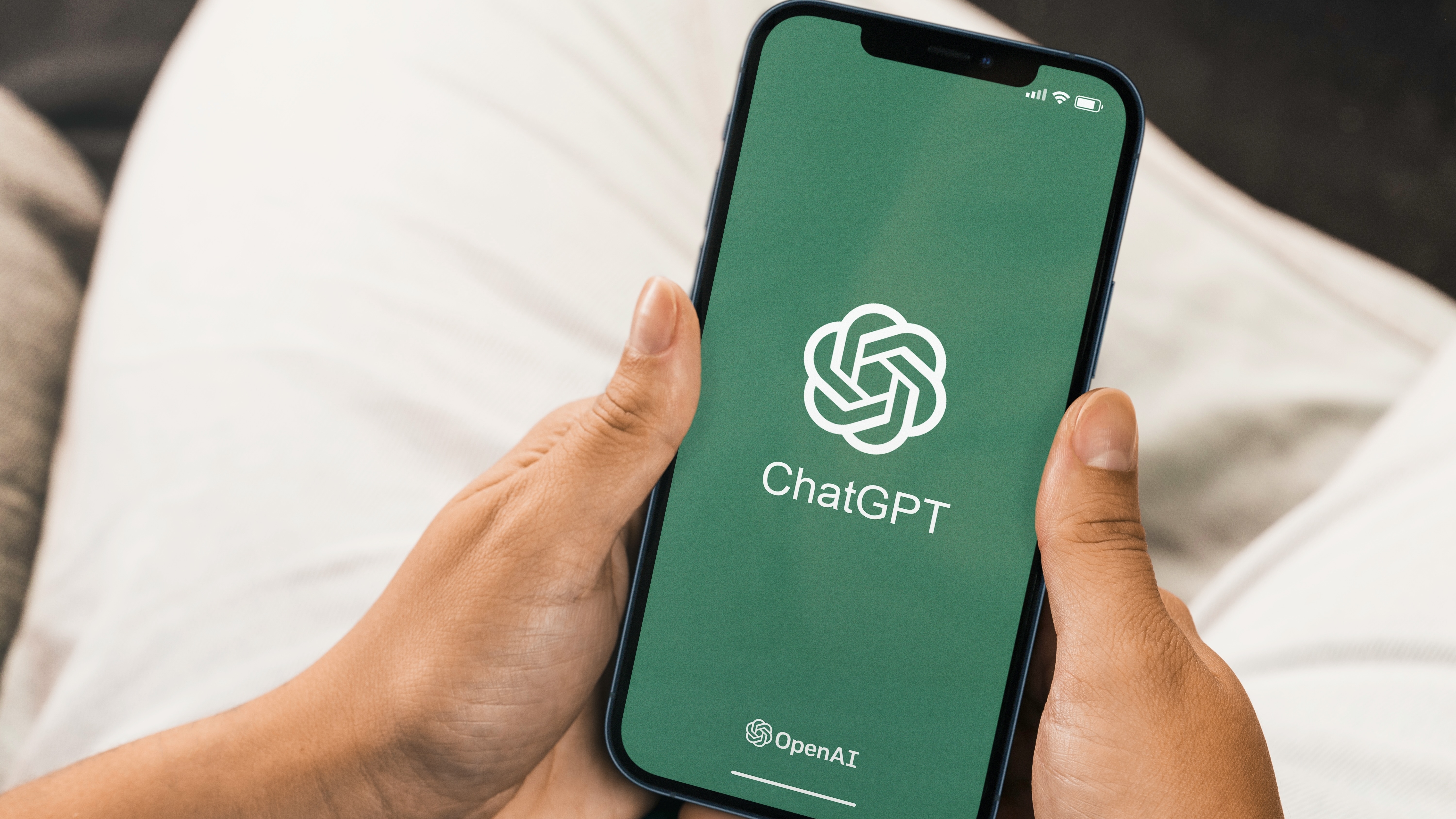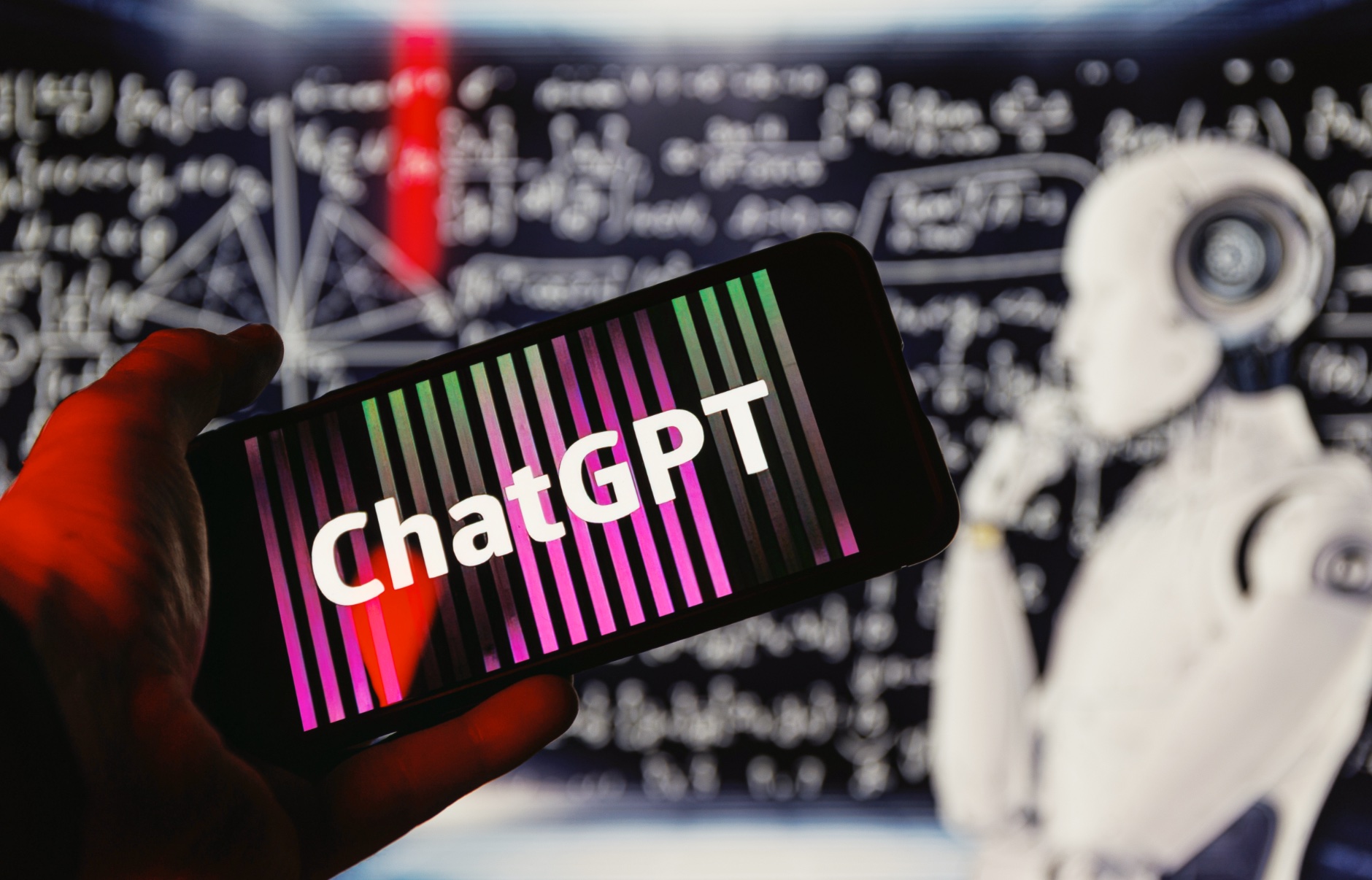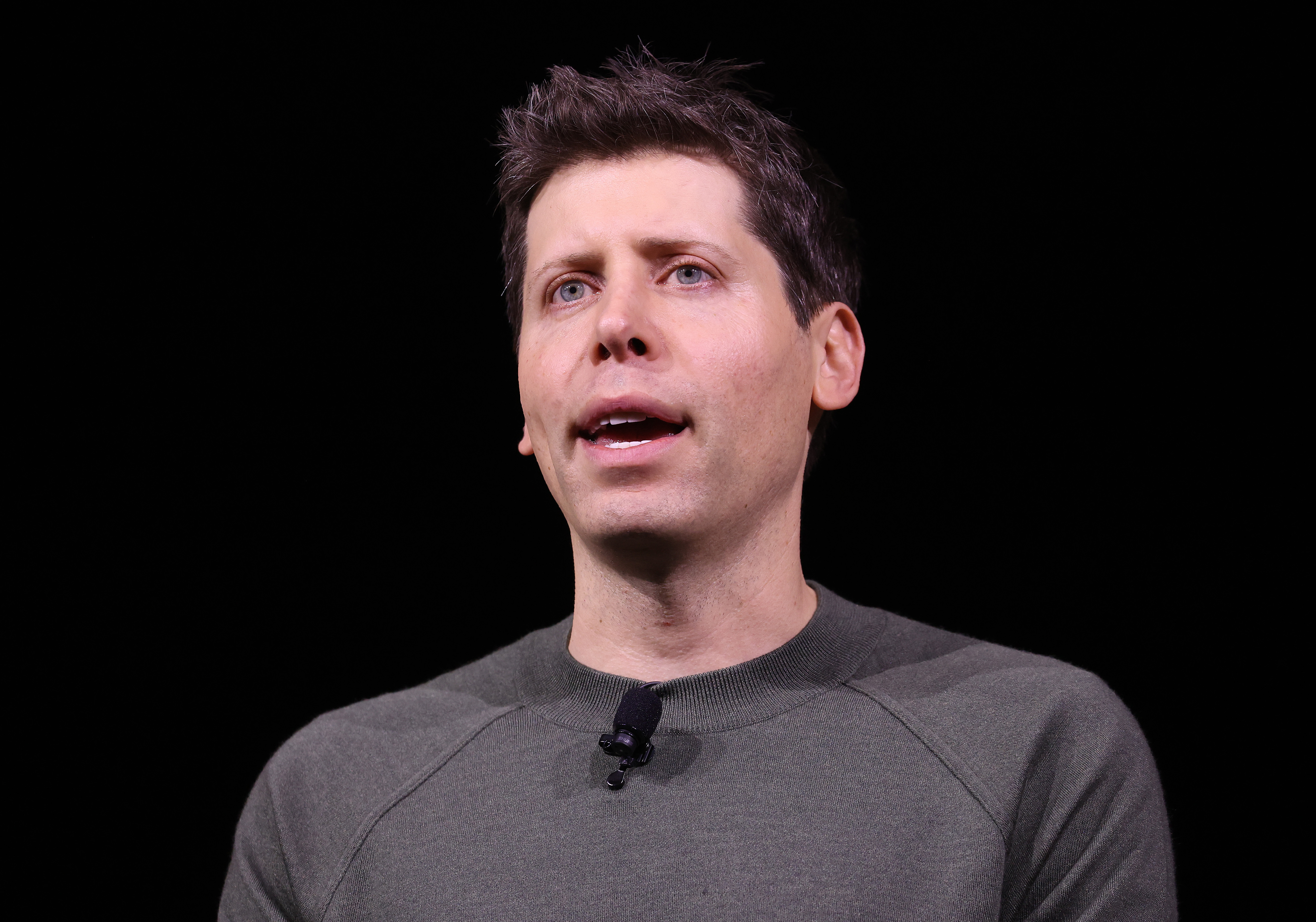
ChatGPT has just marked the end of its first year in existence and what a year that has been.
As one of the fastest-growing applications in history, ChatGPT put the power of AI in the average person’s hands and allowed them to run wild with its capabilities.
Similar to other technology ‘overnight successes’, ChatGPT’s story started years ago. Specifically when entrepreneur Sam Altman founded OpenAI in 2015. The organisation started working on AI models and, before too long, model GPT-3.5 made its global debut in the form of the ChatGPT chatbot on November 30, 2022.
Fast forward to a year later and today we can see just how far we’ve come. To celebrate this journey we decided to take a look at five key moments of ChatGPT’s first year among us — including both the highs and the lows.
1. OpenAI releases the powerful GPT-4 (March 2023)
The text-reading and image-deciphering version of ChatGPT using GPT-4 was made available to paid-up Plus users back in March. This surprised many as it was regarded as a significant update of a chatbot that already had made a strong first impression just four months prior.
GPT-4 was more reliable, creative, and able to handle much more nuanced instructions than its predecessor. It was pitched as a chatbot with human-level performance capable of passing exams meant for humans too. It turned out it had its flaws just like the rest of us, but perhaps that added a little quirkiness to our interactions with the 'bot.
Also its knowledge was limited to anything that happened up to September 2021, but that wasn’t going to remain a problem for long.
2. ChatGPT connects to apps and the internet (March 2023)
Could ChatGPT code, edit text, and plan your meals for the week in a matter of seconds at any time of the day? Without breaking a sweat. However, many of our day jobs and even just our general curiosity about the world require us to have access to the latest information.
Plugins unlocked that access for ChatGPT in March giving the chatbot access to third-party applications and databases with connections to the likes of Slack, Expedia, and Shopify. Another one of them, developed by OpenAI itself, was a web-browsing plugin (no prizes for guessing what it could do).
To be fair this feature was soon turned off after ChatGPT was bypassing paywalled sites. Complete and full access to the internet returned in September after the issues were ironed out.
3. Slapped with a ban in Italy (April 2023)

On the 1st of April Italy announced it was banning ChatGPT due to privacy concerns — ironically just days after established entrepreneurs called for a 6-month pause on AI development in an open letter (which was discarded almost as soon as it was written).
Italian authorities were concerned with a number of issues, not least what they described as a mass collection of personal data for the supposed purpose of training the algorithms that powered ChatGPT. The fact minors were being exposed to answers that might not have been age-appropriate didn’t help.
OpenAI quickly addressed the issues flagged and access to ChatGPT in Italy was back before the end of the month.
4. Declining users (September 2023)
After its meteoric rise in popularity, by August ChatGPT had experienced its third consecutive month of declining monthly visits.
Was the chatbot losing its appeal since it was no longer something new and shiny? Were users getting increasingly anxious about privacy concerns and news that some user accounts were being sold on the dark web? The drop might have been a combination of multiple factors and in all fairness analysts expected it to rise again as schools re-opened after the summer break when more students would be likely to recruit some AI homework help.
It’s also the kind of news that might spook investors and company leaders more than anyone else as ChatGPT has over 180.5 million users and the website generated 1.5 billion visits last September. And that’s impressive!
5. Custom GPTs
In a year ChatGPT went from being unboxed to enabling practically anyone to create their own custom version of it – and we tried it. This feature was unveiled just recently so it makes for a fitting end to our ‘one year of ChatGPT’ roundup.
As of November, users could use ChatGPT to make their own AI chatbots, tailored to their specific needs. Without needing to write a single line of code users are guided through the steps to create their own GPT which may very well end up bringing them some income if it becomes popular enough.
a year ago tonight we were probably just sitting around the office putting the finishing touches on chatgpt before the next morning’s launch.what a year it’s been…November 30, 2023
What's next?

We’ve practically just emerged from a global pandemic that had an impact on all our jobs and daily routines. Yet some companies are saying generative AI is changing the way they think about and do business like nothing they’ve seen before. It really makes you reflect on how you should be leveraging ChatGPT yourself, if you aren't already.
At times averaging 1.5 billion monthly visits according to some estimates, OpenAI’s ChatGPT has established itself as an AI force to be reckoned with.
Around this time last year, Sam Altman said ChatGPT was incredibly limited. That statement didn’t age well, but in a good way! What comes next is hard to predict. We know the ChatGPT train has left the station and we know it’s going full steam ahead — but we don’t yet know where to.







